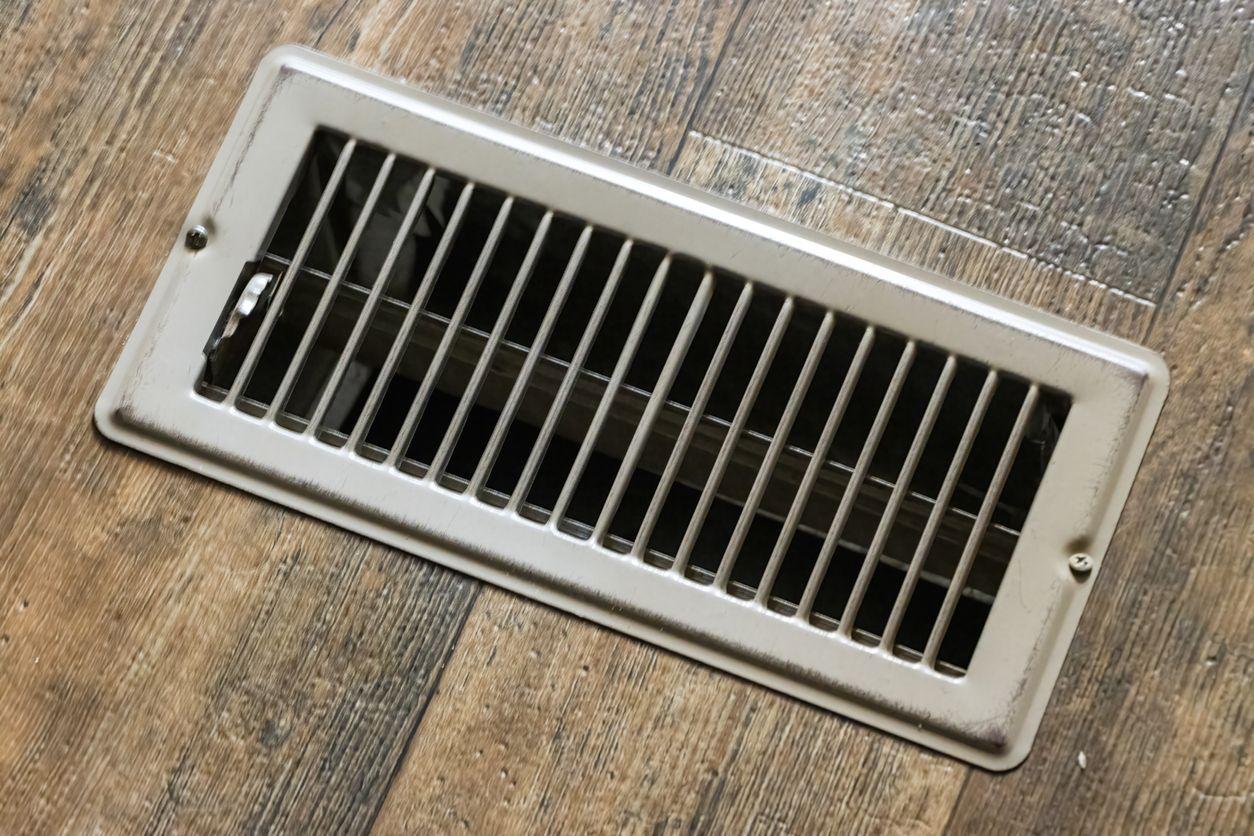What Is a Modulating Furnace and How Does It Work?

If you’re considering upgrading your heating system, you might have come across a type of equipment called a modulating furnace. What exactly is a modulating furnace, and how does it work? HVAC.com explains the intricacies of modulating furnaces, exploring their benefits, operational mechanisms, and associated costs.
Understanding the Modulating Furnace
A modulating furnace is an advanced heating system designed to provide precise control over indoor temperatures by adjusting its heat output in small increments. Unlike traditional single-stage or two-stage furnaces, which always operate at full capacity or at high and low levels, a modulating gas furnace can modulate its heat output in real-time, responding to the specific heating needs of your home.
At the heart of a modulating gas furnace is a sophisticated control system that continuously monitors indoor temperature variations. When the thermostat signals the need for heat, the furnace adjusts its flame intensity and fuel consumption to meet the precise demand. Here are the main components that make it possible:
- Variable Gas Valve: The key component in a modulating furnace is a variable gas valve. This valve can adjust the flow of natural gas or propane into the burner, allowing for precise control over the heat output.
- Variable Speed Blower Motor: In addition to the variable gas valve, modulating furnaces often have a variable speed blower motor. This motor can adjust the speed at which air is circulated through the ductwork, optimizing airflow and improving efficiency.
This modulation process ensures a more consistent and efficient heating experience, maintaining a comfortable temperature without the abrupt temperature swings associated with traditional systems. Generally, modulating furnaces offer a range of modulation levels, often expressed as a percentage of the furnace’s maximum heating capacity. The modulation levels typically vary from about 40% to 100%.
For example, a modulating furnace might have modulation levels in increments of 5% or even smaller, allowing for very fine adjustments to match the heating needs of the space. This precise control helps the furnace to operate efficiently and maintain a consistent indoor temperature.
Keep in mind that the actual modulation increments can vary between manufacturers and models, so it’s essential to refer to the specifications provided by the furnace manufacturer for accurate information on a specific model.
Benefits of Modulating Furnaces
Enhanced Comfort
The primary advantage of a modulating furnace is its ability to provide a more consistent and comfortable indoor environment. By adjusting its output in small increments, the furnace prevents temperature fluctuations, eliminating the common issues of hot and cold spots within your home.
Increased Energy Efficiency
Modulating furnaces operate at lower capacities during milder weather, consuming less energy compared to traditional furnaces that run at full capacity regardless of the outdoor conditions. This efficiency not only reduces your carbon footprint but also translates into potential savings on your energy bills.
Quieter Operation
The modulation process allows the furnace to operate at lower, more stable levels, resulting in quieter performance. If you’ve ever been bothered by the sudden whooshing sound of a furnace kicking in, a modulating furnace offers a much quieter alternative.
Modulating Furnace Cost
While the benefits of a modulating furnace are clear, it’s essential to consider the upfront cost. Modulating furnace cost tends to be pricier than their single-stage or two-stage counterparts due to their advanced technology and precise control systems. However, many homeowners find the long-term savings on energy bills and increased comfort justify the initial investment.
Despite the higher initial cost, modulating furnaces often pay for themselves over time through energy savings. The ability to operate at lower capacities during milder weather and modulate heat output as needed can result in significant reductions in energy consumption.
It’s important to factor in installation and maintenance costs when budgeting for a modulating furnace. Professional installation ensures optimal performance, and regular maintenance is essential to keep the system running efficiently.
Making an Informed Decision
Understanding what a modulating furnace is and how it works is crucial when evaluating your heating options. The benefits of enhanced comfort, increased energy efficiency, and quieter operation make modulating furnaces an attractive choice for many homeowners. While the initial cost may be higher, the potential for long-term savings and improved heating experience often justifies the investment.
Before making a decision, consult with an HVAC professional to assess your specific needs, consider your budget, and explore the available options. Whether you opt for a modulating furnace or another type of heating equipment, investing in the right heating system can enhance your home’s comfort, energy efficiency, and overall living experience.